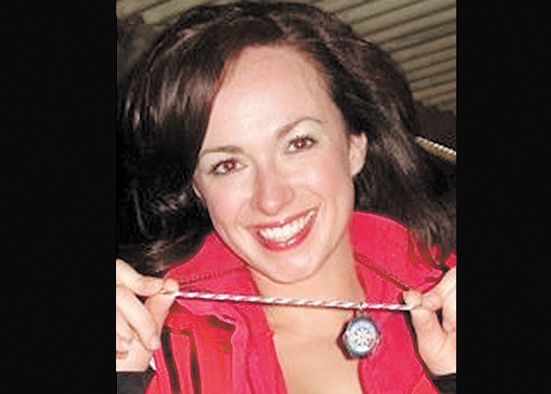Airline cleared of manslaughter in crash which killed doctor Eithne Wells (28)
Airline cleared of manslaughter in crash which killed doctor Eithne Wells (28)
19 April 2023

AIRBUS and Air France which were involved in a 2009 plane crash that killed 228 people – including Dr Eithne Walls from Ballygowan — have been cleared of involuntary manslaughter by a French court.
Families of those who lost their lives have reacted with anger at Monday’s court ruling following a two-month trial.
Both Air France and Airbus denied the charge relating to the flight from Rio de Janeiro to Paris, during which an Airbus A330 crashed into the Atlantic Ocean during a thunderstorm, killing people from 33 different countries.
Danièle Lamy, the president of the association which represents the victims, said the families were “disgusted” that their long fight for justice had come to nothing.
“All that remains of these 14 years of waiting is despair, dismay and anger,” she said.
Investigators had originally argued for ping the case but, unusually, judges overruled them and sent the case to court.
During the trial, state prosecutors argued for acquittal, saying that the proceedings did not produce enough proof of criminal wrongdoing by the companies.
Dr Walls (28), who had been travelling on the flight with fellow doctors Jane Deasy (27) from Rathgar in Dublin and Aisling Butler (26) from Roscrea in Co Tipperary, was an accomplished Irish dancer and had previously performed with Michael Flatley in the acclaimed Riverdance production.
The friends had studied medicine together in Trinity College and remained close after graduating in 2007 and were returning from a holiday when the plane came down.
Their flight had disappeared from radars over the Atlantic Ocean between Brazil and Senegal with 216 passengers and 12 crew members aboard, with the first debris only spotted at sea five days later.
It was not until 2011 that the plane and its black box recorders were located on the ocean floor, in an unprecedented search effort at depths of more than 13,000ft.
France’s air accident investigation agency BEA found that the accident involved a cascading series of events, with no single cause.
As a storm buffeted the plane, ice crystals present at high altitudes disabled the pitot tubes, blocking speed and altitude information. The autopilot disconnected.
The crew resumed manual piloting, but with erroneous navigation data. The plane went into an aerodynamic stall, its nose pitched upward, and then it plunged.
Prosecutors laid the responsibility primarily with the pilots, who died in the crash. Airbus lawyers also blamed pilot error, and Air France said the full reasons for the crash will never be known.
Airbus and Air France had faced potential fines of up to £199,000 each if convicted.
An Associated Press investigation at the time found that Airbus had known since at least 2002 about problems with the type of pitot tubes used on the jet that crashed, but failed to replace them until after the crash.
Air France was accused of not having implemented training in the event of icing of the pitot probes despite the risks. Airbus was accused of not doing enough to urgently inform airlines and their crews about faults with the pitots or to ensure training to mitigate the risk.
The crash had a lasting impact on the industry, leading to changes in regulations for airspeed sensors and in how pilots are trained.
Air France has also compensated the families of those killed in the crash.


